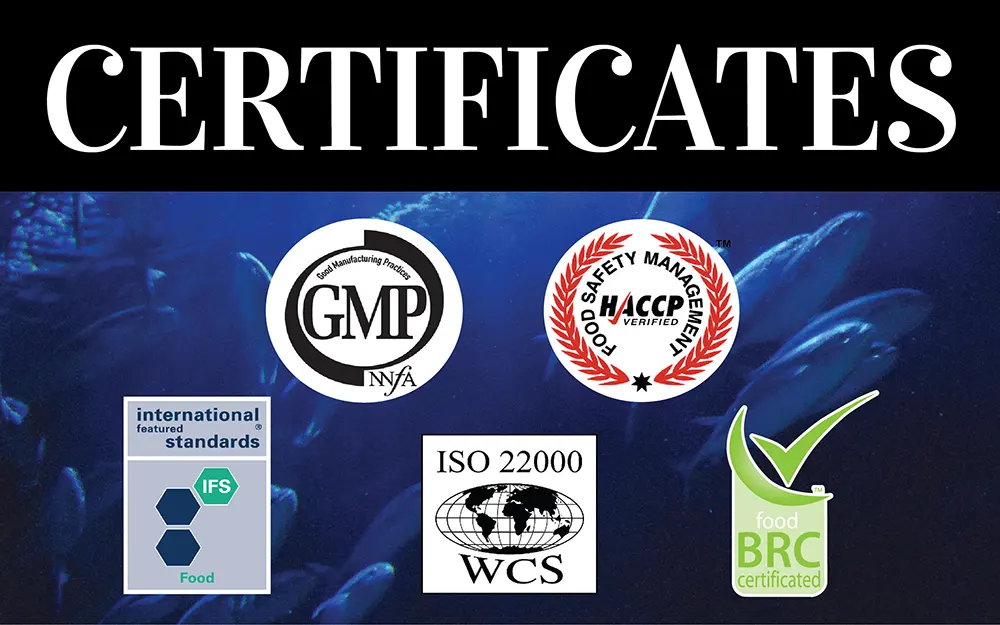
Louis Harkell: UndercurrentNews
Chinese tilapia prices have slipped back as processors in the country face an impending 30% US import tariff rate, while supply is higher following seasonal increases in production, according to local media and industry sources.
In Zhanjiang, Guangdong province, a major production region, prices of tilapia, 500 grams and above, live weight, have fallen to CNY 8.20 per kilogram ($1.15/kg), according to Siam Canadian, a Bangkok, Thailand-headquartered supplier of frozen seafood with operations in China. This is down from CNY 8.80/kg in June, and CNY 8.70/kg in July, according to the firm.
The firm said this was putting pressure on farmers’ margins, and farmers have less incentive to stock ponds with tilapia fingerlings. “The market price is very close to the production cost now,” the firm said in a market update.

Chinese tilapia prices tend to fall in late summer months on seasonal increases in production in the country’s southern provinces. In Maoming, a major tilapia-producing county in Guangdong province, prices are just CNY 5.6-CNY 6.2/kg for fish 300-500g, live weight, and CNY 7.6-8.4/kg for fish 500-800g, Shuichan, a Chinese industry publication, reported in late September.
Meanwhile, in Hainan, prices have fallen to CNY 5.8-CNY 7.8/kg for fish in these sizes, Shuichan reported, slightly lower than prices reported by Siam Canadian.
Shuichan said in the late September report prices had lifted slightly in Maoming (up just CNY 0.1/kg), but in Hainan prices were unchanged, while in Guangxi and Fujian prices were down. Farmers in Guangdong are now selling more fish for local consumption, given low prices, it said.
“Because processors in Guangdong are struggling, more than a few farmers have had fish transported to Nanning in Guangxi province for sale on live markets,” it said.

However, Nick Ovchinnikov, CEO of Lotus Seafood, a California-based importer, told Undercurrent prices had picked up, in fact. “After a sharp price decrease that happened in April, prices picked up again at the beginning of September and increased by about 10% compared to August levels.”
He quoted current offerings (from China with an estimated time of arrival in December) cost and freight, Los Angeles, for regular quality, are between $1.30-1.40 per pound, for 3/5 CO individual vacuum-packed fillets.
Trade war
How prices develop could depend on what US import tariff is in effect, with trade negotiations set to restart soon. On Oct. 15, the US — by far China’s largest market for tilapia products — will impose 30% tariffs on imports of $200 billion worth of Chinese goods, including frozen tilapia fillets, up from the current rate of 25% introduced in May.
According to Siam, historical prices have become a less reliable guide due to the disruption and uncertainty caused by the trade war. “If the US were to raise tariffs from 30% to 40%, raw material prices could decrease further, down to CNY 7.80-8.00/kg. [But] if tariffs are reduced from 30% to about 15-20%, then likely tilapia raw material prices could move up to CNY 8.40/kg,” the firm said.
Assuming the US-China trade war does not escalate, raw material prices should remain in the CNY 8.00-8.20/kg range until December, and then increase after January following a seasonal decline in output, it reckons.
In the first seven months of this year, the US imported 49,787 metric tons of frozen Chinese tilapia fillets, worth $178 million, according to data from the International Trade Center; down 9% in volume and 13% in value respectively compared with the same period last year.
In July the average price of imported Chinese tilapia fillets slipped to $1.44/lb, down from $1.50/lb in June, based on the average unit value of imports, according to data from the US’ National Oceanic and Atmospheric Administration (see chart).

Baiyang targets processing 5,000t of pangasius
Charles Sun, assistant president of Baiyang, China’s largest tilapia exporter, told Undercurrent his firm expects to export similar volumes of tilapia as last year, or around 2,000 containers, despite the decline in US imports.
However, the firm is also looking at other species; Sun expects Baiyang to process 5,000t of Chinese-farmed pangasius raw material this year, to produce pangasius fillets and butterfly cuts. Others making similar switches include Guangdong Evergreen Group, a large aquatic feed maker, farmer and processor.




